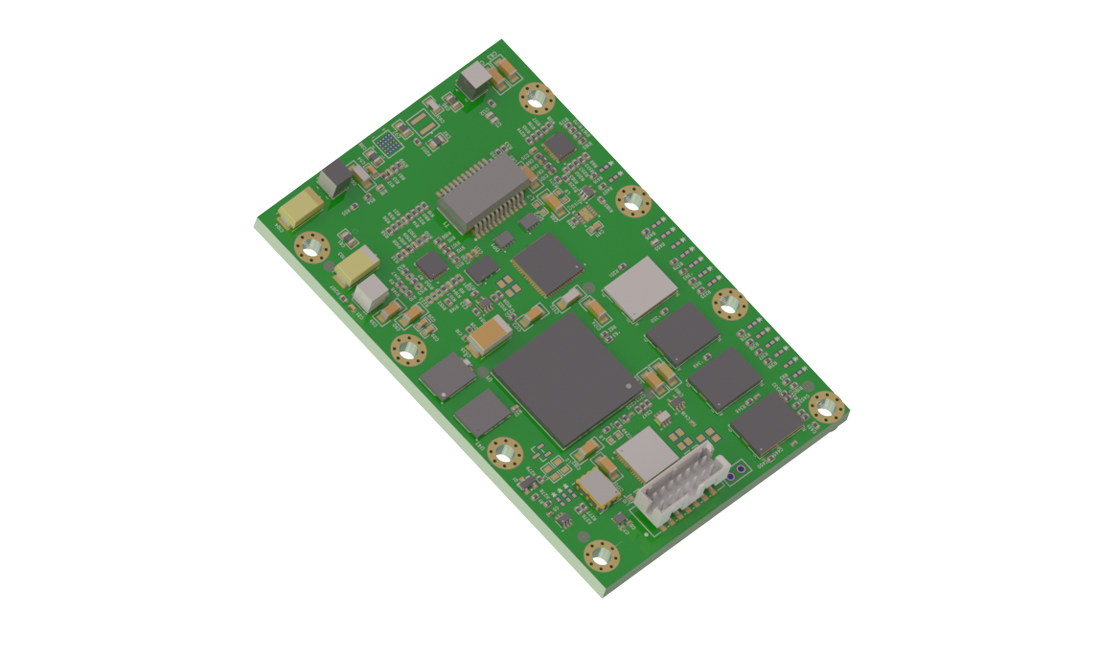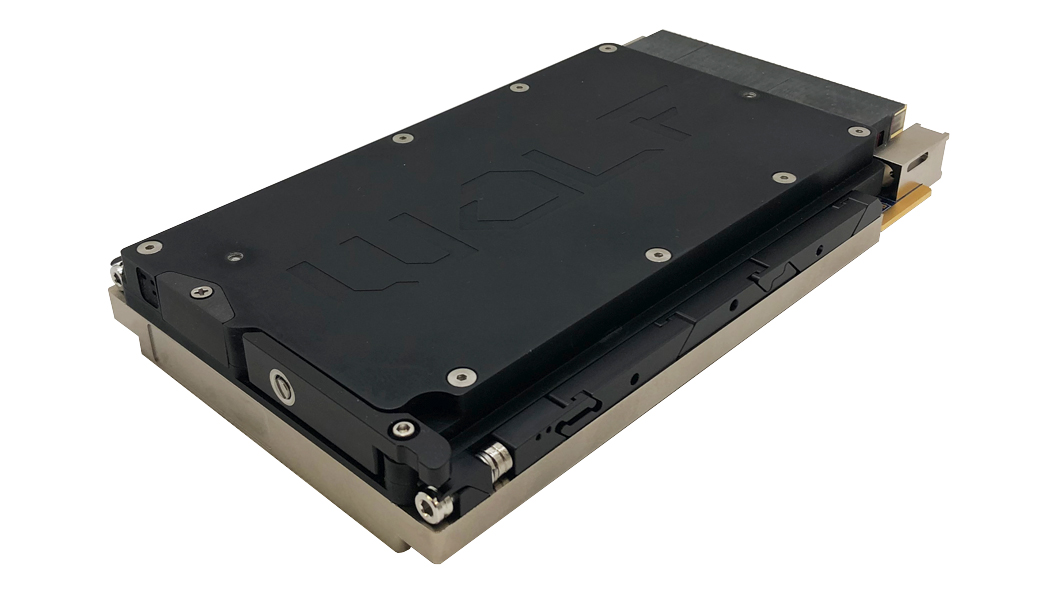What is changing with the evolution of VPX? What are the challenges to facilitate this evolution? There are obvious upgrades required for the hardware and our understanding of the high-speed channel, but we must also consider the production and test environment:
- Connector technology
- Engineering knowledge
- PCB materials
- Simulation capabilities
- PCB fabrication
- Automated production
- Automated assembly test
- Production level signal integrity testing
Signal Integrity – not the end of the road
We all understand that the connectors and PCB materials need upgrading along with the engineering knowledge and expertise to design at high speed. PCB fabrication is also a challenge due to backdrills, aspect ratios, copper roughness, tolerances and impedance control (See Figure 1).
Signal Integrity is an essential discipline required to define the parameters of the channel for performance at high speed. A huge amount of time and effort is spent on signal integrity which is understandable.
What happens when the next generation of products are in production? Our 30 years of experience in backplane design and assembly tells us that the production of high-speed backplanes is as equally important as signal integrity to ensure that all the engineering and design work is not undone during the production phase of the backplane.
“VPX signal integrity over the backplane needs to be addressed in order to avoid interoperability issues which will become increasingly severe as we move to higher serial baud rates,” says Bob Sullivan, VITA Distinguished fellow.
As the signal integrity proves, higher data rates require smaller compliant pins and via holes. New connectors include compliant pins as short as 1.10mm and these are pressed into a 0.37mm plated hole. This puts the emphasis on ensuring these pins are assembled correctly and do not compromise the signal.
The assembly technology of yesterday will struggle to process the new generation of compliant pins because of the use of manual press machines and limited test technologies. We need to have 100 percent confidence that all compliant pins are correctly positioned in the via hole and this is the challenge in a production environment.
The importance of production and test
The final stage of ensuring that the backplane will function and perform as designed is the production and test phase. Days, weeks, and months of engineering, Signal Integrity simulations, PCB design and post simulation are spent tuning the PCB design, for optimal performance.
Months of engineering work can be quickly undone if the connector pin is not inserted into the PCB hole correctly.
With hundreds of pins in a connector pin field how can we detect one bent pin if we cannot physically see it? (See Figure 2). A pin that is not inserted correctly can cause a system failure and this needs to be detected and fixed before the backplane leaves the production environment.
Bent pins and the signal
The smallest variance in design and production can have the biggest impact on performance at high data rates. What effects do production induced faults have on the signal? A bent pin will have clear effects on the signal including, but not limited to, impedance drop, insertion loss, return loss, and mode conversion (See Figure 3).
The effects of a bent pin are not only limited to the immediate effect on the signal. What happens over time if the pin is undetected. VPX systems are often deployed in the harshest of environments. There is a risk that the compliant pin can, over time, cause damage to the connector and PCB due to shock and vibration. Causing wear on the protective surface of the PCB and potentially shorting to another copper feature. The pin could break away from the connector and become a floating object that could cause a short between two other compliant pins.
Enabling the evolution of technology
Engineers, connector vendors, and PCB vendors have all stepped up and provided a path to higher data rates for VPX. The last link in the chain to ensuring that VPX makes the successful evolution into the next generation of products is the production environment. The investment and infrastructure must be in place to facilitate the production.
What equipment and processes do we need to be able to successfully assemble next generation VPX backplanes? How do we process the backplane to ensure the integrity of the new generation of compliant pin? (See Figure 4) Unless you have visited a dedicated backplane production facility that is capable of producing backplanes up to 56G PAM4 then you might be surprised by the technologies involved:
- Light assisted connector placement
- Pre-press compliant pin engagement
- Automatic connector press machines
- Automatic pin scan optical inspection
- Automatic 100 percent X-Ray inspection
- Automatic 100 percent automatic SI testing
- Automatic electrical test
- Hi-Pot power testing
- Onsite Signal Integrity specialists
Our use of automated press machines enables us to program the machine to recognize anomalies during the press process. Each connector has a set profile and an expected force to correctly press the connector. If the recorded force during assembly differs from the profile, then the assembly is flagged and inspected for any potential bent pins.
In addition to the equipment there is also the expertise and knowledge required to introduce a product into and through the production environment. This process often starts at the early stages of a project when signal integrity simulation is complete and PCB layout begins:
- Design for Manufacture
- Design for Assembly
- Design for Test
- Field Application Engineer (FAE) product support
- Detailed and concise PCB manufacturing instructions
- PCB fabricator control – correct drill size and plating, the correct drilling processes, pre-drill and multi-peck drilling, hole T/P and backdrill stub control.
As an example, to avoid plating knee within the plated hole for the compliant pin, the drill process should always be from the press-fit side of the PCB to ensure clean entry of the compliant pin into the plated hole. Clear instructions must be given to the PCB fabricator to control the integrity of the plated hole. They do not know what the hole is used for or the data rate of the PCB.
We conduct regular audits and spot checks on our PCB vendors to ensure quality is maintained and will not adversely affect the signal.
There is a huge amount of expertise and knowledge required to process high speed VPX backplanes. We see identical comparisons to our experiences during the years of evolution in the IT/Datacom markets where data rates also increased exponentially. All of the engineering and production expertise, equipment and infrastructure that we invested to facilitate the IT/Datacom evolution are now required for VPX.
Production and test are often the forgotten links in the chain to ensure the integrity of the signal and as with any chain – it is only as strong as the weakest link. Let’s not forget the importance of Production.
We see production as a vital part in enabling the evolution of technology.






